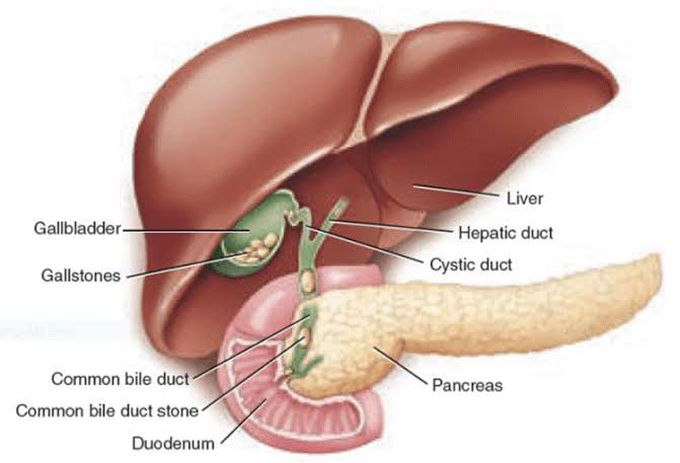


Symptoms of choledocholithiasis
You may not have any symptoms. Unless your gallstones cause a blockage, you may never even know they’re there. If you do have symptoms, it means that a stone is blocking your common bile duct. The first sign of a blockage will be the symptoms of biliary colic. These can include: Abdominal pain. Biliary pain occurs in episodes lasting from one to several hours, usually after a meal. It grows for the first 20 minutes and gradually declines after that. Most people feel it in their upper right abdomen, but it may also radiate to your right side or shoulder blade. Nausea and vomiting. Biliary colic is often accompanied by nausea and vomiting. You’ll notice that vomiting doesn’t relieve the pain, as it does with some other types, like migraines. If biliary colic isn’t as intense, you may only notice a general lack of appetite. Jaundice. When bile backs up and leaks into your bloodstream, it may show up as a yellow tint to your skin or the whites of your eyes. It may also turn your pee a darker color. Jaundice can come and go, like biliary colic. But it’ll keep coming back until the blockage is cleared. Fever. Severe inflammation in your biliary system may cause a fever. Fever may also be a sign of an infection. When your bile ducts are blocked, bacteria aren’t flushed out as usual.

